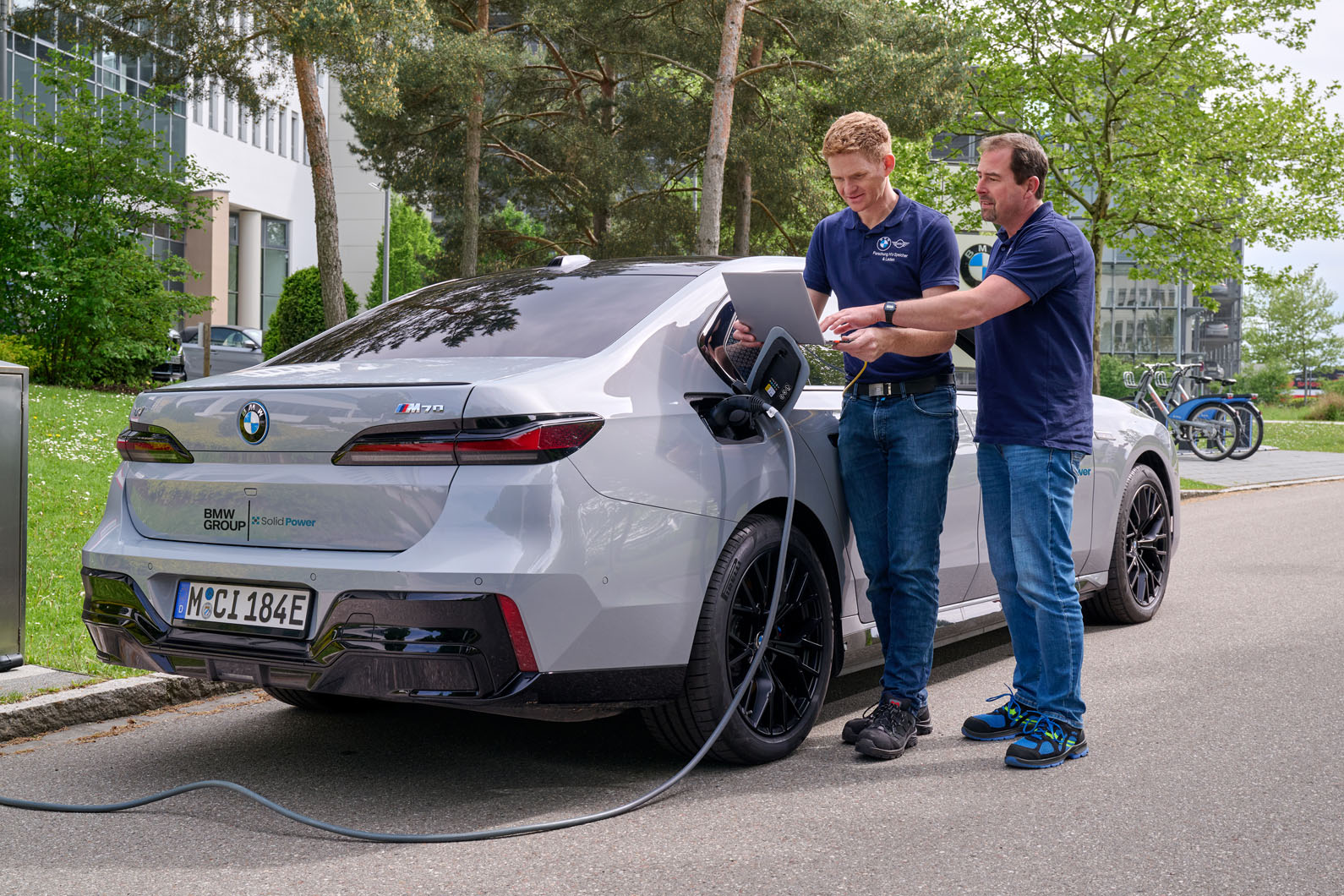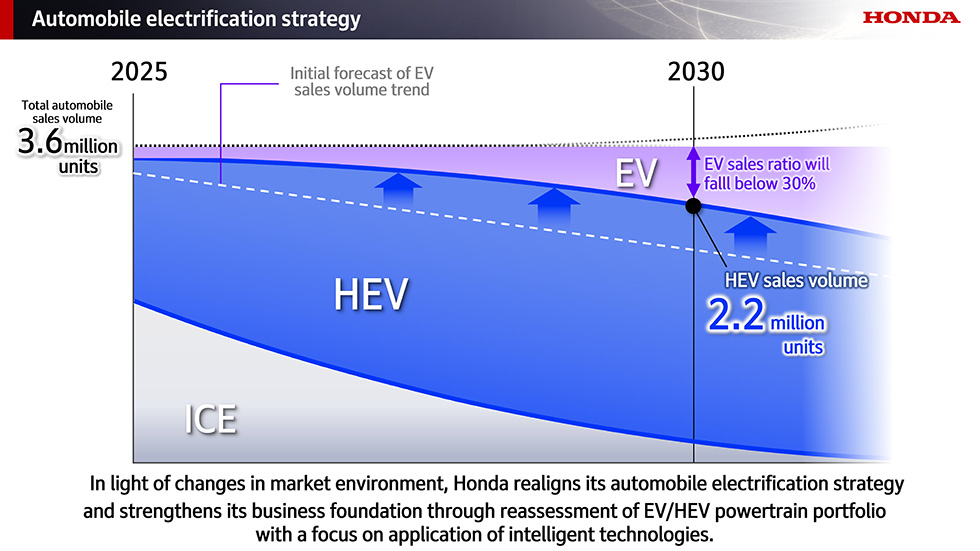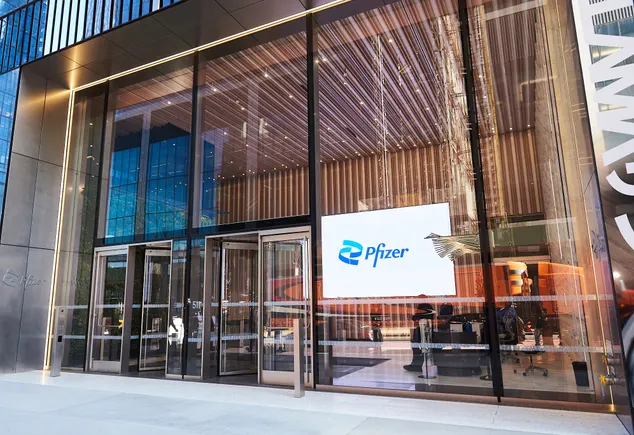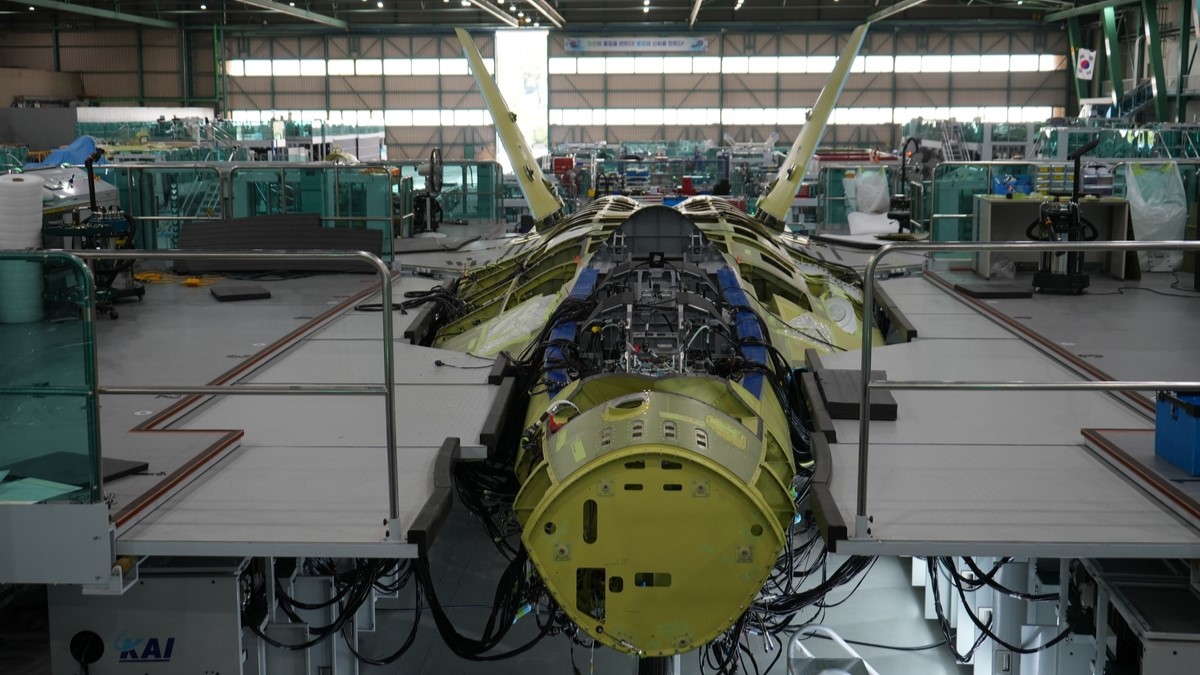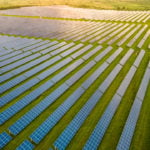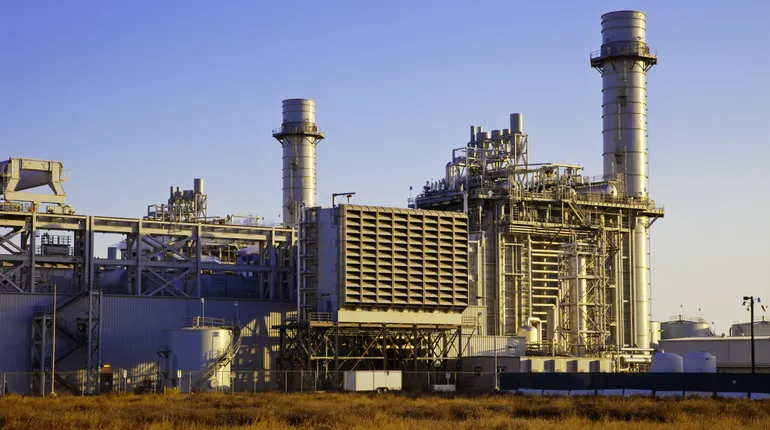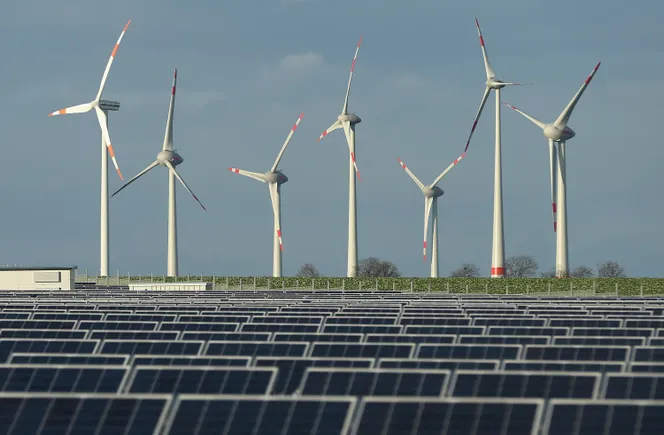Minimizing DMSO Residues in Perovskite Films for Efficient and Long‐Term Stable Solar Cells
Advanced Energy Materials, Volume 15, Issue 19, May 20, 2025.

This study introduces a generic strategy for improving perovskite stability by doping with the unsaturated monomer additive ethyl acetate (EA). The low boiling point of EA facilitates the removal of DMSO, while in situ polymerized poly-EA acts as a moisture barrier, improving long-term solar cell stability.
Abstract
Dimethyl sulfoxide (DMSO) is commonly used as a solvent in the fabrication of perovskite solar cells. However, its strong coordination with iodoplumbate makes it difficult to remove during film formation, resulting in defects and voids at the perovskite-substrate interface, which compromise efficiency and long-term stability. Here ethyl acrylate (EA), an unsaturated monomer that aids in the effective removal of DMSO from the perovskite film is introduce. EA forms a complex with DMSO, facilitates DMSO de-intercalation, and enhances the co-evaporation process thanks to its low boiling point. Additionally, by incorporating a small amount of the initiator azobis (isobutyronitrile) (AIBN), EA is successfully polymerized into polyacrylate ethyl ester (poly-EA) during crystallization. The evaporated EA helps remove DMSO, while the poly-EA passivates defects in the perovskite films. This dual-function strategy significantly improves device performance, resulting in efficiencies of 25.4% for small-area devices and 20.3% for 15 cm2 mini-modules. Moreover, poly-EA acts as a protective barrier against moisture and ion migration. Combined with improved DMSO removal, EA-modulated devices demonstrate a T80 lifetime of up to 1800 h under maximum power point tracking at 55–60% relative humidity in ambient air.
















